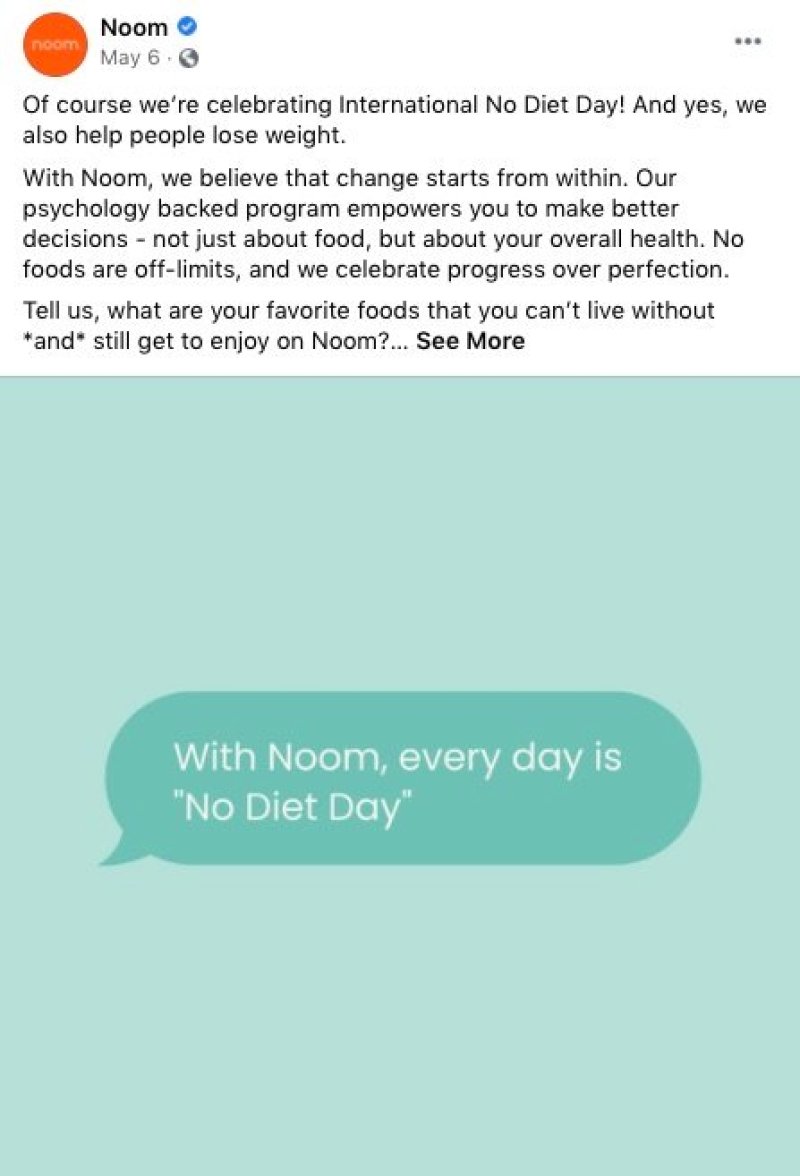
The food chart can help to explain what each food type is and how often they should be eaten. The largest group of food groups in the guide is meat. Even though meat has important nutrients, they can also be found in eggs, dairy products and dry beans. Meat alternatives, such as tofu, are available as healthy substitutes. They are made from soy, nuts, and cheese. Many other foods can also be good sources of protein.
The food group chart lists the various types of foods and is divided into four quadrants. Vegetables and fruits are the first four areas. Then comes grains, meat, and other alternatives. These are the most nutrient-dense and important foods. These are the most popular types of food. You can use the food category chart to help determine how much each type should be eaten each day. The food groups should not be considered alone. You can also use dietary supplement to help your child achieve their ideal weight.

The food category chart can help you find out about specific foods that contain certain nutrients. Additionally, each food group has its own subgroups. This will allow you to concentrate on foods with a particular nutrient. For example, if you want to increase the amount of whole grains in your diet, you should choose those that have the highest fiber content. Besides, whole grains are also considered as an essential part of a balanced diet.
You should always look at the food category chart when you shop for groceries. It will help you focus on what you are eating and which foods you should avoid. It will also make it easier to make healthier choices. Sam's Club also offers healthy choices for your children and pets. Online shopping is also possible to help you find the perfect products for your family.
This food group chart will help you select the right foods for your lifestyle. You should eat a wide variety of foods from each of the five food groups to maintain a healthy diet. Experts recommend that you eat the recommended amount of each food group. It is important to eat a variety of foods, not just one or two. It is important that you include foods from all food groups. It is better to include them in your daily diet. The more vegetables and fruits that you eat, then the better.

The food group chart is divided by age. Because they are high in nutrients, the youngest members of the family should consume more fruits and vegetables. People of all ages can eat the food groups on this pyramid. If you are pregnant and breastfeeding, it is a good idea to consult your doctor about which foods to eat. If you're overweight or obese, you should consult your doctor before you start a diet.
FAQ
How long does it take for you to lose weight?
It takes time to lose weight. It can take six months to lose 10%.
You shouldn't expect weight loss overnight. Your body needs to adjust to new dietary habits.
This means that your diet should be gradually changed over many days or weeks.
Fad diets are not recommended as they don't work. Instead, focus on improving your daily routine.
For example, if you normally eat unhealthy snacks late at night, then you should cut down on this habit.
It is better to eat healthier meals early in the evening. This will help you avoid snacking at night.
Drinking water throughout the day is also important. Water helps keep your body hydrated, and prevents you from becoming dehydrated. You feel tired and slow if you are dehydrated.
Drinking lots of water throughout the day can help you stay energized, focused, and alert.
Relaxing activities can help reduce stress. You can spend time with family members, for example.
You could also choose to read books, see movies, or listen music.
These activities can help you to unwind after stressful situations. You will feel happier and more confident.
You should consider your health when trying to lose weight.
Your physical fitness level is an indicator of your overall health. Regular exercise and proper nutrition are key to getting fit.
How long should I fast intermittently to lose weight
The answer is not as simple as you might think. It is important to take into account a number of factors when deciding the optimal days for fat loss. These are:
-
Your age. Intermittent fasting can be difficult for young people (under 40). This is because they have less time to recover after each fast. However, intermittent fasting may be too difficult for older people (over 60) who might not have the energy to continue a long period of daily fasting.
-
Your current body composition. If you already have a lot of muscle mass, you'll likely benefit most from longer periods of fasting. Shorter fasting might be more appropriate for you if you have less muscle mass.
-
How physically active are you. To ensure adequate rest between workouts, you might need to extend your fasting period if you exercise frequently.
-
Your past health history. Patients with certain medical conditions, such as heart disease, diabetes, or cancer, may need additional fasting monitoring.
-
What is your tolerance for stress? Stress can often lead to us eating more. You may need to extend your fasting times in order to avoid this problem.
-
What type of diet do you follow? Certain diets, like ketogenic diets, may require even longer fasting periods.
-
The quality of your sleep. Insufficient sleep has been associated with decreased metabolism and increased appetite. It may take some trial and error before you find the right combination.
-
The amount of protein that you consume. Consuming more protein helps to stabilize blood sugar levels. This could lead to lower insulin levels. This would allow you be more consistent in your fasting.
-
People who want to gain weight or lose it will need to fast for longer periods of time than those trying to lose.
-
How many calories do you consume in your fasting windows? Fasting for fewer calories per days may lead to greater fat loss than fasting with more calories.
-
Your overall fitness. People who are fit and fast burn more calories per day.
-
Your gender. Men tend to have greater appetites that women, so they may need a longer fast. Women generally have smaller appetites, so they may only need to fast for about 20-30 minutes every morning.
-
Your lifestyle. Do you exercise a lot? Are you able to exercise several times per week? Does your job involve sitting at a desk all day long? These factors could affect how much you should fast.
-
How much money do you spend on food? Not all healthy food means you need to spend a lot more on groceries. You can save money by buying whole grains instead of white bread, fruits instead of candy bars, and lean meats instead of fatty cuts.
-
It is vital that you control your hunger. You may not have to fast as often if it is important to eat regularly.
How Much Exercise is Required to Lose Weight?
The amount of exercise needed for weight loss depends on several factors, including age, gender, body type, and how much you weigh. Most people need to exercise at least 30 minutes five days a weeks.
The American College of Sports Medicine recommends 150 mins of moderate-intensity aerobic exercise per week spread over three consecutive days.
For example, if your goal is to lose 10lbs, aim for 300 minutes of moderately intense exercise per week. This includes activities such swimming laps (brisk walking), biking, dancing and playing tennis.
For those just starting out, you might consider 20 minutes of vigorous activity every other week. It could be sprinting, lifting weights, jumping rope or fast walking.
Aerobic exercise can also help you burn calories and increase muscle mass. Muscles burn more calories than fat. So building muscle while losing weight may help you achieve your goal faster.
Why lose weight before you reach 40 years old?
Senior citizens over 40 need to maintain their health, fitness and well-being. It is essential to find ways to stay fit throughout one's life. This includes regular exercise, eating well, not smoking, and drinking moderate alcohol.
It is also important to understand that as we get older, our bodies change. Our bones get weaker and our muscles become smaller. You can slow down the aging process if you take care of yourself.
There are many benefits to staying healthy and fit as we age. These are:
-
Better sleep
-
Better mood
-
Energy levels increase
-
Lower risk of cancer
-
A longer life
-
More independence
-
More sex
-
Memory that is better
-
Improved concentration
-
Greater circulation
-
Stronger immune system
-
Fewer aches and pains
What is the best way to exercise when you are busy?
Exercise at home is the best method to stay fit. You don't have to join a gym or go to a fitness center to stay fit. It is possible to perform basic exercises at home with minimal equipment.
All you need is a pair dumbbells, mat, chair, and a timer.
The most important thing is ensuring you are consistent with your workouts. If you miss a few days, then you may lose all motivation.
A great way to start off would be to try lifting weights three times per week. This could include push-ups/pullups/squats/lunges, pushups/pullups, dips/curls, and so on.
Once you are proficient in these movements, you will be able to do other types of exercise, such as running, jumping, skipping and yoga, pilates, dancing, swimming, weight training and tennis.
When choosing an exercise program, remember to choose the ones that suit your lifestyle. If you work long hours, you may want to avoid exercise programs that consume too much energy.
If you're a night-owl, you might consider working out in the evenings rather than in early morning.
Listen to your body. Stop when you feel tired.
Statistics
- Among women, the increase in metabolic rate was nearly 4%, or 50 more calories per day (14Trusted Source (healthline.com)
- One study in 9 active men found that HIIT burned 25–30% more calories per minute than other types of exercises, including weight training, cycling, and running on a treadmill (18Trusted Source (healthline.com)
- A 12-week study in 20 women with obesity found that walking for 50–70 minutes 3 times per week reduced body fat and waist circumference by an average of 1.5% and 1.1 inches (2.8 cm), respectively (healthline.com)
- One 6-month study showed that simply doing 11 minutes of strength-based exercises 3 times per week resulted in a 7.4% increase in metabolic rate, on average. (healthline.com)
External Links
How To
How to Intermittent Fasting
Intermittent fasting, a type of dieting that allows you to only eat one time per week, generally Monday through Friday. The goal is to decrease your overall calories and still get adequate nutrition. It's believed that this helps burn fat faster than if you were eating normal meals throughout the entire week.
The most popular form of IF is to limit calories to certain days. This would be a way to skip breakfast and eat whatever you want throughout the day. You could also choose three small meals instead of two large meals per day.
There are many types of intermittent fasting. There are pros and con's to every type of intermittent fasting. Because you don't need to make major lifestyle changes, alternate day fasting can be the easiest way to get started. However, not everyone can stick to a rigid schedule. They might prefer to experiment with other methods.
If you're looking to start an intermittent fasting routine, I recommend starting with alternate-day fasting. This will allow for gradual transition to more extreme fasting without having to change your lifestyle.